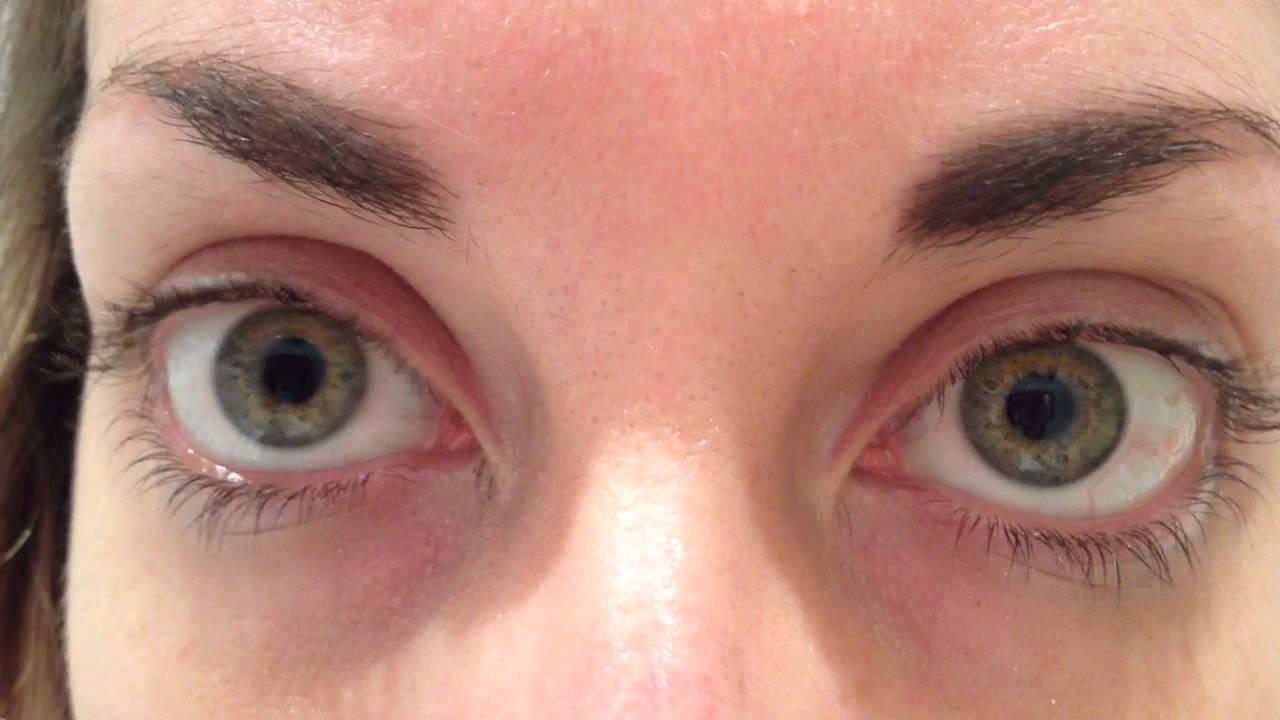Understanding the Reasons for Small Pupils

Our eyes are remarkable organs, adjusting constantly to light and stimuli. One interesting phenomenon that many people notice is the presence of small pupils, medically known as miosis. While it can be a normal physiological reaction, there are times when small pupils could indicate something more. In this article, we'll explore the reasons behind small pupils and when it might be important to consult a healthcare provider.
What Are Pupils and What Do They Do?
Pupils are the black circular openings in the center of the iris. Their main function is to regulate the amount of light entering the eye. In bright environments, pupils contract to limit the light. In dim settings, they expand to allow more light in. The size of your pupils changes constantly throughout the day in response to lighting, emotions, and even health conditions.
Physiological Causes of Small Pupils
The most common and non-threatening cause of small pupils is exposure to bright light. This natural response, called the pupillary light reflex, helps protect the retina from damage. It’s perfectly normal for your pupils to shrink when you step into sunlight or a brightly lit room. Likewise, during sleep or rest, small pupils may be part of your body’s way of adjusting to darkness.
Another natural reason for smaller pupils is age. As people grow older, their pupils tend to become smaller and respond more slowly to changes in light. This condition is called senile miosis and is usually not a cause for concern.
Medications That Affect Pupil Size
Several medications can lead to small pupils as a side effect. These include drugs used to treat high blood pressure, painkillers like opioids, and certain eye drops used during eye exams. In particular, opioids such as morphine and codeine cause constriction of the pupils. If you’re on medication and notice this change, it might be completely normal, though it’s always a good idea to talk to your doctor.
Neurological and Medical Conditions
Some neurological disorders are associated with miosis. For example, Horner’s syndrome—caused by damage to the sympathetic nerves—results in small pupils, drooping eyelids, and a lack of sweating on one side of the face. Other conditions like brain injuries, tumors, or strokes may also affect the nerves that control pupil size.
Diseases such as syphilis and organophosphate poisoning are less common but can also cause unusually small pupils. If small pupils are accompanied by other symptoms like confusion, dizziness, or visual disturbances, seek medical attention immediately.
When to Seek Help for Small Pupils
Most of the time, small pupils are harmless and temporary. However, if they appear suddenly, occur in only one eye, or are accompanied by other symptoms like pain, blurry vision, or light sensitivity, it's best to consult a healthcare provider. Early diagnosis of underlying issues can prevent more serious problems down the line.
Final Thoughts
Small pupils are often just a natural reaction to environmental changes or medication. However, in some cases, they can signal deeper health concerns. Understanding the underlying reasons can help you determine whether it's something to monitor or a condition that requires medical care. As with all changes in your health, staying informed is your first line of defense.
- Art
- Causes
- Crafts
- Dance
- Drinks
- Film
- Fitness
- Food
- Jogos
- Gardening
- Health
- Início
- Literature
- Music
- Networking
- Outro
- Party
- Religion
- Shopping
- Sports
- Theater
- Wellness
- Politics
- IT
- Relationship
- Blockchain
- NFT
- Crypto
- Fintech
- Automobile
- Faith
- Family
- Animals
- Travel
- Pets
- Coding
- Comedy
- Movie
- Jogo
- Computer



